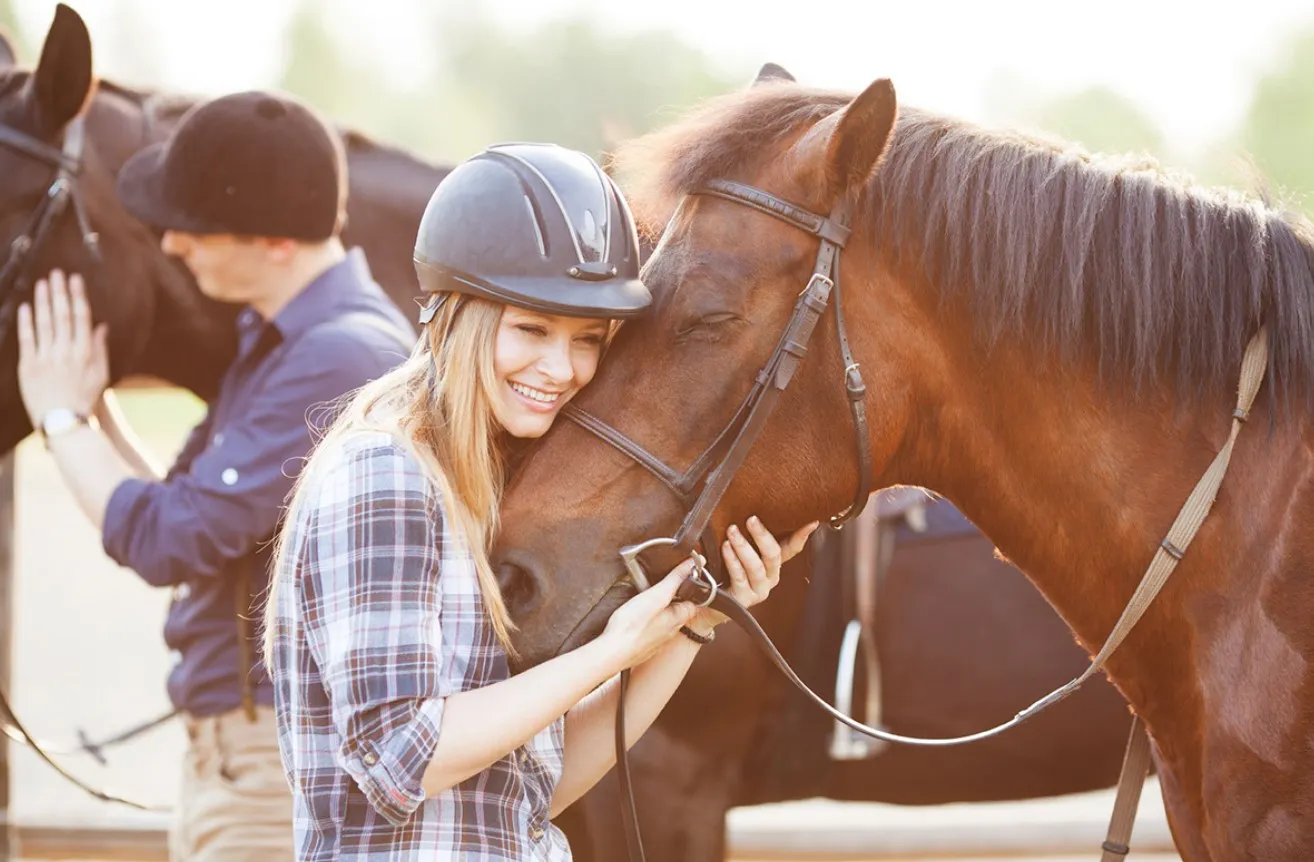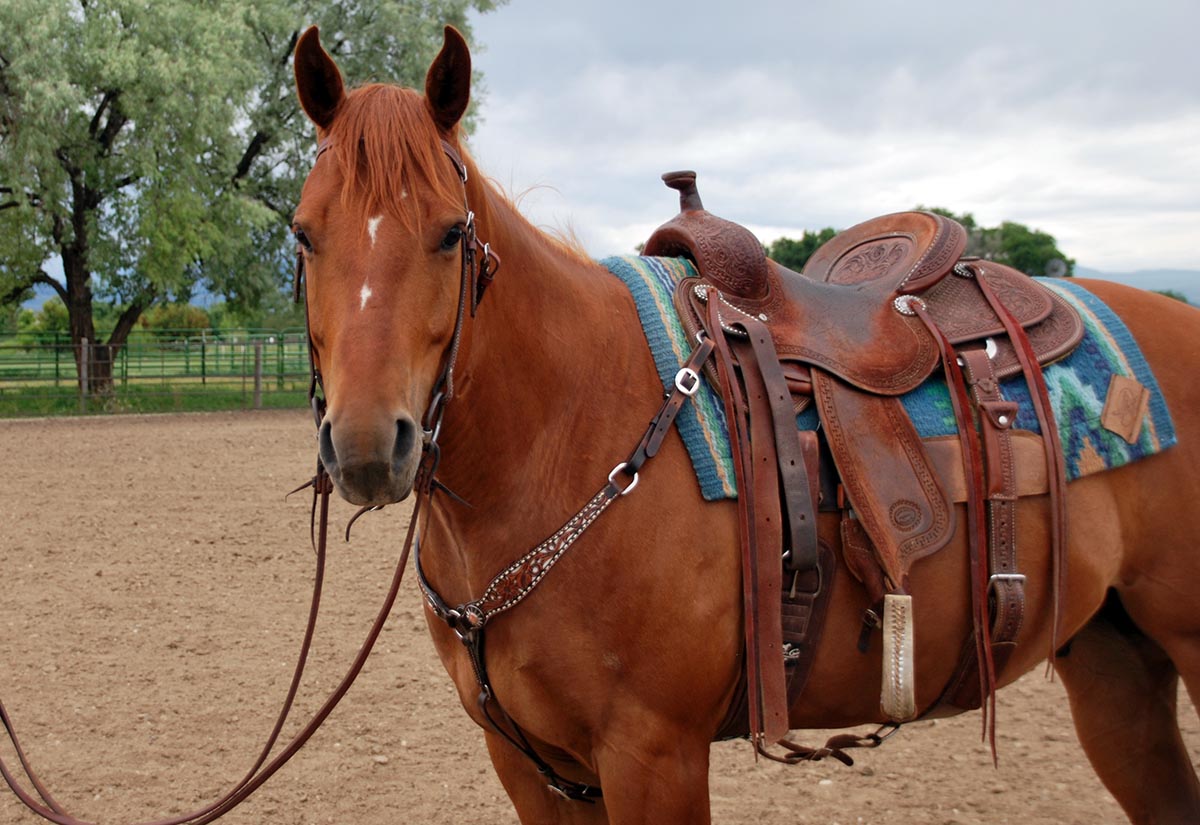Ensuring a horse is comfortable with its saddle is an essential aspect of horse saddle reaction training. It can significantly influence the horse’s performance and overall demeanor. This training is vital for both novice and experienced riders who want to ensure their equine companions are at ease when saddled. Whether you’re preparing for competitions or simply enjoying a leisurely ride, understanding how to manage and improve your horse’s reaction to saddling is crucial.

Understanding the Basics of Saddle Reaction
Before diving into the specifics of training, it’s important to grasp what saddle reaction entails. This term refers to how a horse responds when being saddled. Some horses might show signs of discomfort or distress, such as pinning their ears back, swishing their tails, or even attempting to bite. Recognizing these signs early on is key to addressing any underlying issues.
The Importance of Proper Fit
A well-fitted saddle is one of the most critical factors in minimizing negative reactions. An ill-fitting saddle can cause pain and discomfort, leading to adverse behavioral responses. For a detailed guide on proper saddle fitting, refer to this external guide.
Steps to Effective Saddle Reaction Training
Embarking on saddle reaction training involves several strategic steps. These methods aim to foster a positive relationship between the horse and the saddle.
1. Desensitization Techniques
Desensitizing your horse to the saddle can reduce anxiety. Start by gently placing the saddle pad on the horse, allowing it to get used to the sensation. Gradually introduce the saddle, ensuring that each step is met with calm acceptance.
2. Positive Reinforcement
Rewarding your horse for calm behavior when saddled can encourage positive associations. Use treats, praise, or gentle strokes to reinforce good behavior.
3. Regular Practice
Consistency is key in horse saddle reaction training. Regular practice sessions help the horse become familiar and comfortable with the process. For effective training session tips, visit training sessions timing.
Common Challenges and Solutions
Despite best efforts, challenges can arise during saddle training. It’s important to address these promptly to prevent escalation.
Identifying Discomfort
If a horse consistently reacts negatively, consider potential physical discomforts. Check for back pain or skin irritation caused by the saddle.
Behavioral Issues
Some reactions may stem from behavioral issues rather than physical discomfort. In such cases, consulting with an experienced trainer or equine behaviorist can provide valuable insights.
Advanced Training Techniques
For those looking to deepen their saddle reaction training knowledge, advanced techniques can be explored.
Trail Desensitization
Taking your training outside the arena can be beneficial. Introducing your horse to different environments while saddled can build confidence and reduce anxiety. Explore the concept of trail desensitization for more.
Patience and Time
Giving your horse time to adjust is crucial. Patience is a virtue in horse saddle reaction training and often leads to the most successful outcomes. Learn more about the importance of patience at the patience pole.
Conclusion
Horse saddle reaction training is an integral part of equine care and management. By understanding your horse’s reactions, ensuring proper equipment fit, and employing effective training techniques, you can foster a positive experience for your horse. Remember, a comfortable horse is a happy horse, leading to better performance and a stronger bond between rider and equine.

FAQ
Why is my horse reacting negatively to the saddle?
Negative reactions can stem from discomfort due to an ill-fitting saddle, previous negative experiences, or physical pain. It’s essential to address these issues to improve your horse’s comfort.
How can I tell if my saddle fits properly?
A proper fit should not cause any pinching or rubbing on the horse’s back. Consulting with a professional saddle fitter can help ensure an ideal fit.
What if my horse continues to react negatively despite training?
Persistent negative reactions may require further investigation into potential physical or behavioral issues. Seeking advice from a veterinarian or equine behaviorist could provide solutions.
This article contains affiliate links. We may earn a commission at no extra cost to you.






